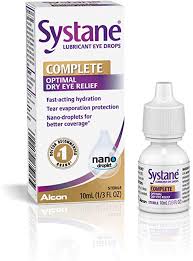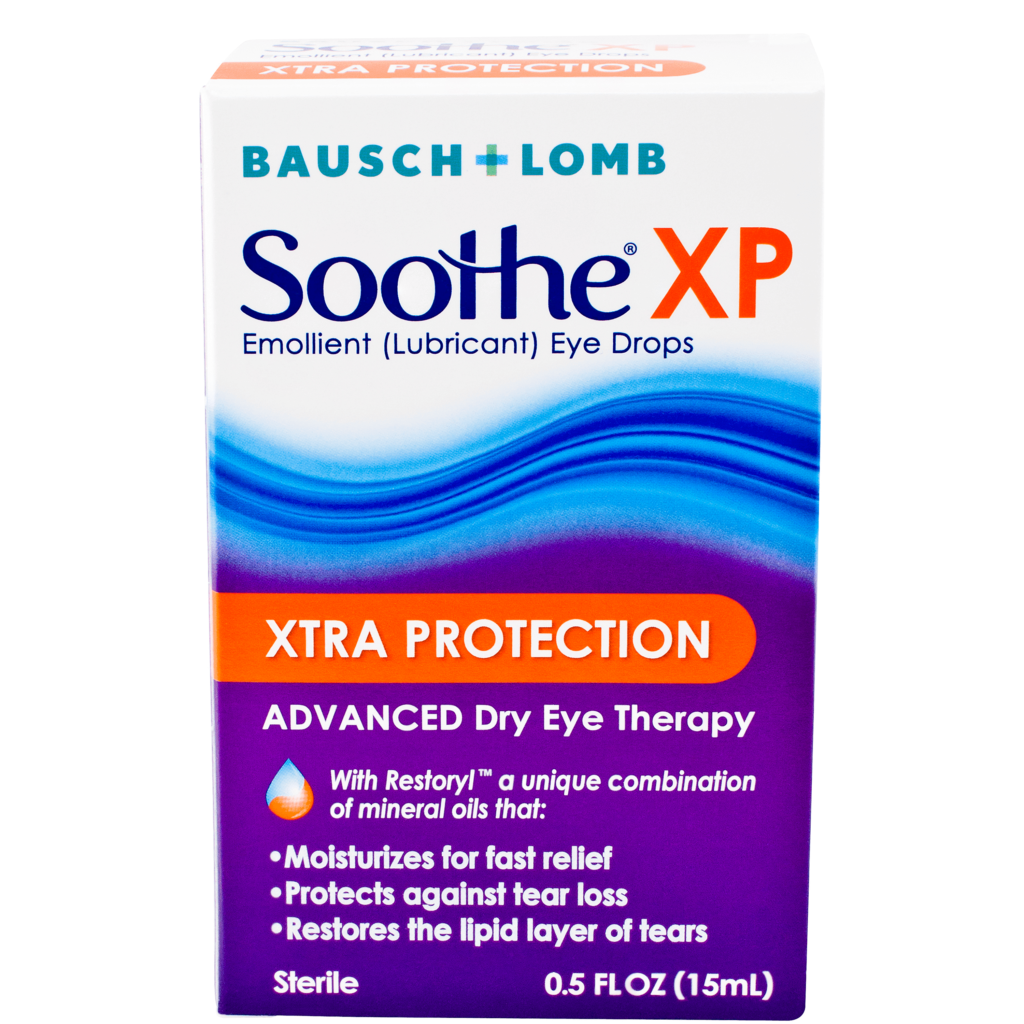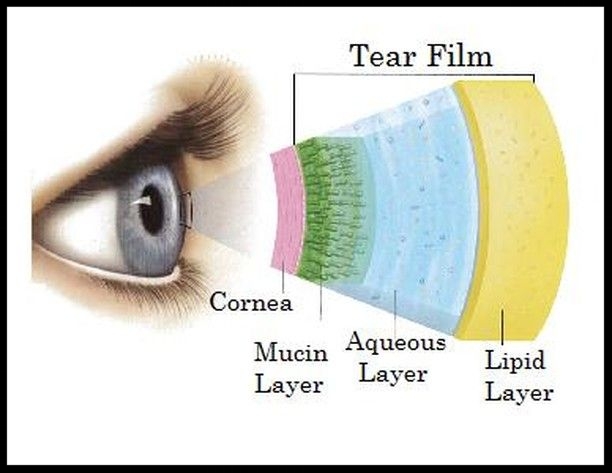Eye Care Aisle Overkill
One of the first things we ask our dry eye patients is what drops they use, if any, to treat their dry eyes. The next question is “why that drop?”. Not surprisingly, many people don’t know why they use a particular drop. Maybe it was a sample their previous doctor gave them, maybe they just buy the cheapest, maybe they saw a commercial, or dozens of other reasons. And maybe it works pretty well, but there’s a better way to go about selecting which drops to buy.
What to Avoid
First we’ll narrow the field. Avoid any products containing Tetrahydrozoline. This is a common component to Visine or other “get the red out” drops. Tetrahydrozoline is a vasoconstrictor (shrinks blood vessels). When the small vessels near the whites of our eyes constrict, they become invisible to the naked eye and our eyes appear whiter. This, however, does nothing to treat dryness. And if your eyes are red due to dryness, you’re only masking a symptom and not treating the disease. Furthermore, the vessels of the eye become dependent on tetrahydrozoline and become engorged as they “starve” for the chemical. This makes the vessels large, visible, and gives the patient red eyes that they treat with more tetrahydrozoline, creating an unending domino effect.
It Takes Two to Tango
There are dozens of dry eye drops on the market. They can, however be sorted into 2 categories; aqueous and lipid-based. Aqueous drops are exactly what they sound like; a watery drop for your eyes. Lipid-based drops have an oil (castor oil, mineral oil, etc) and are used to stabilize the tears and lubricate the eyes.
The type of drop YOU need is based on your specific situation. However, while you wait for your dry eye consultation with The Dry Eye Institute of Arizona at The Eye Shop, we recommend you use a lipid-based artificial tear like Systane Complete or Soothe XP up to, but not to exceed, 4 times a day.


The Anatomy of Tears
Would you believe people spend their lives studying tears? Truth is, there are many types of tears. We’ll concentrate on the tear film that is, or should be, constantly on the surface of our eyes. Tears are the first thing that light hits when traveling to our eye so some argue it’s the most important refractive surface of the visual system. But even if you have dry eyes, you may not think that much about your tears. So let’s introduce them;

As you can see, there are 3 main layers to our years. We’ll disregard the mucin layer for this discussion, but note the other two layers match the two categories of artificial tears on the market today.
When you come for your dry eye consultation we will analyze your tear film and discuss the specifics of your condition and recommend a treatment course that is individualized to your condition. Artificial tears are likely to be a component, but not necessarily the keystone of our therapy. Recall that there is no cure for dry eye. Our treatments are aimed at helping you maintain clear vision and comfortable eyes as best as we can. No drop on the market is the silver bullet. But when paired with other strategies and good compliance with treatment protocols, you can expect to find relief.
Review
- Avoid products containing tetrahydrozoline (Visine, etc)
- Start with a lipid-based tear (Systane Complete, Soothe XP)
- Do not use any of the above drops more than 4 times a day (the preservative in the drop can start to cause irritation)
- We will talk about preservative free drops in another post. These can be used MORE than 4 times a day.
- With dozens of drops on the market aimed at treating different components of dry eye, your best bet for targeted treatment is to get a dry eye consultation with The Dry Eye Institute of Arizona at The Eye Shop by calling 480-656-7739
Leave a Reply Cancel reply
follow us
schedule an appointment
website designed by katie & Co. Design
come visit us AT EITHER LOCATION!
The Eye Shop OCOTILLO
21321 E. Ocotillo #105,
Queen Creek, AZ 85142
THE EYE SHOP POWER
18550 E. RITTENHOUSE #100,
Queen Creek, AZ 85142